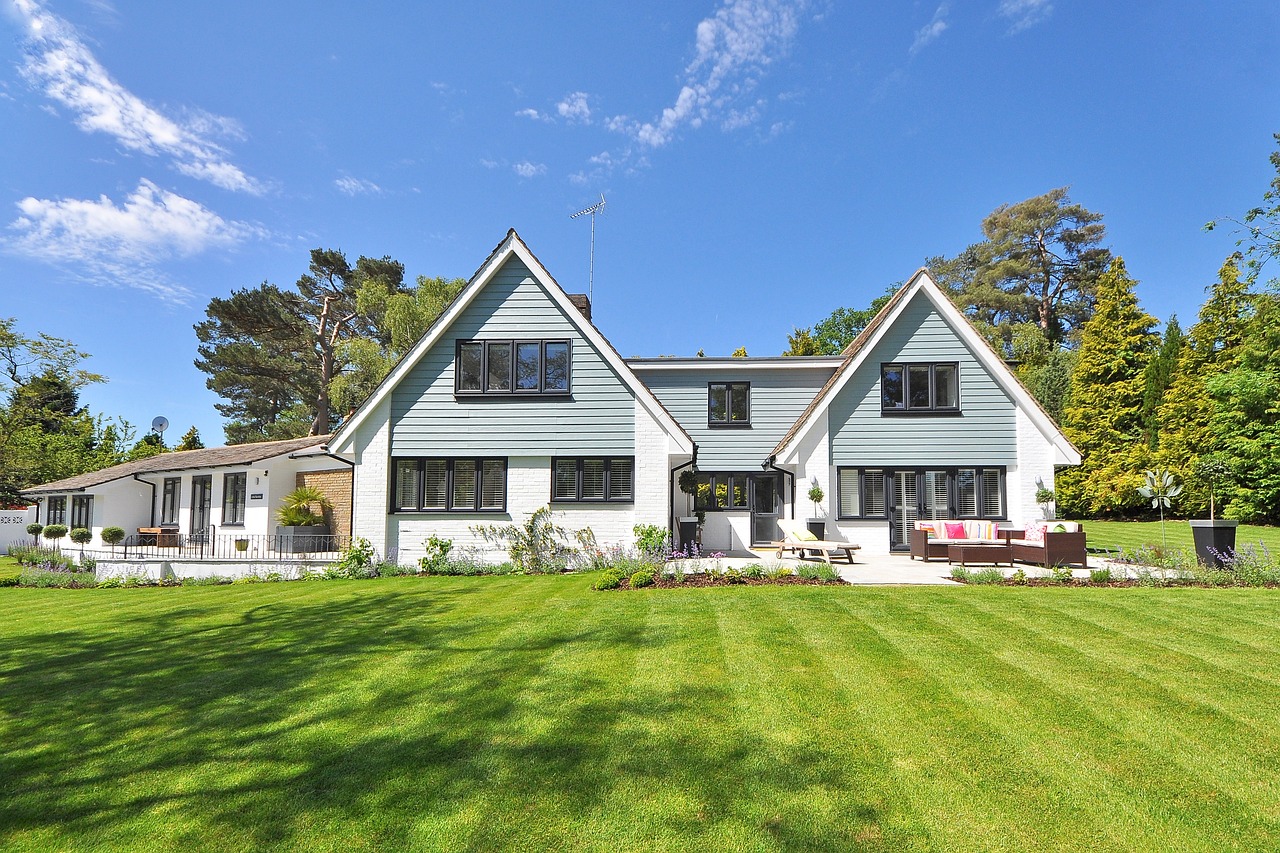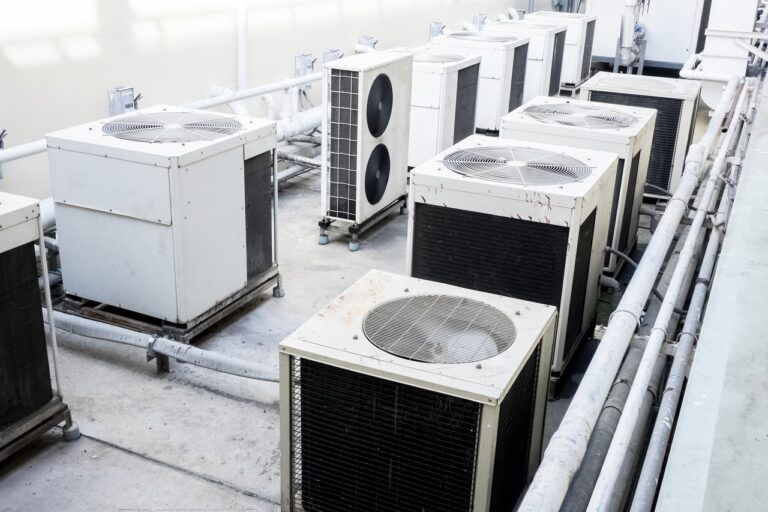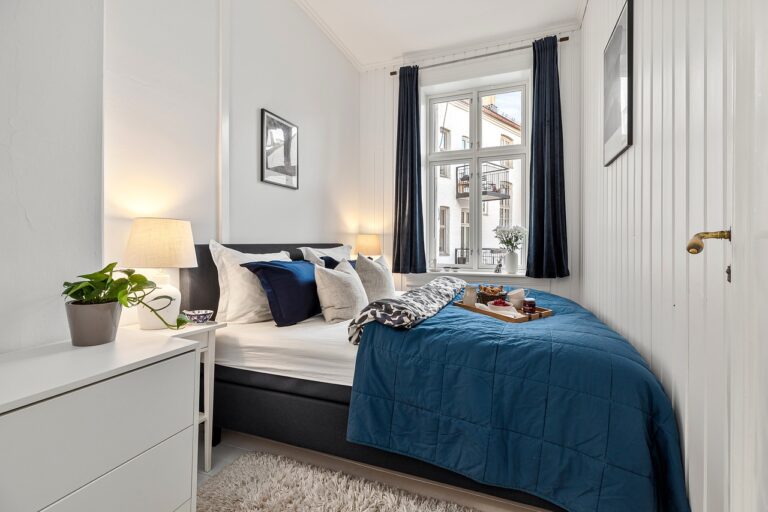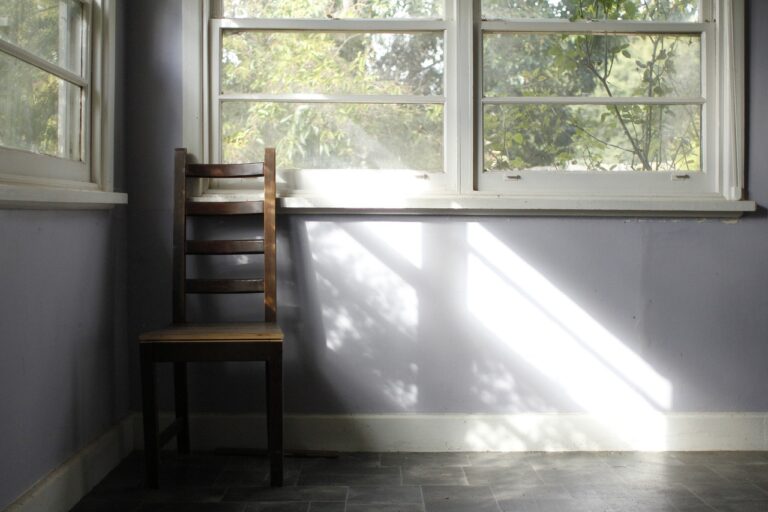DIY Backyard Play Areas for Kids: Creative and Safe Outdoor Fun
When planning your backyard play area, it is essential to consider the age group of children who will be using the space. For younger children, incorporating soft surfaces like mulch or rubber mats under play equipment can help cushion falls and prevent injuries. In contrast, older children may prefer more adventurous elements such as climbing walls or zip lines.
Another important aspect to consider when planning your backyard play area is the layout and flow of the space. Ensure that there is enough room for children to move around freely and that play equipment is strategically placed to encourage diverse types of play. It can be beneficial to create distinct zones within the play area, such as a designated area for active play, another for imaginative play, and perhaps a quiet corner for reading or relaxation.
Selecting Safe and Durable Materials
When choosing materials for your backyard play area, safety should be your top priority. Look for materials that are non-toxic and free from sharp edges or potential hazards. Opt for sturdy materials that can withstand the wear and tear of active play.
Additionally, durability is key when selecting materials for your play space. Choose materials that are weather-resistant and easy to clean to ensure your play area remains safe and functional for years to come. Investing in high-quality materials upfront will save you time and money on replacements in the long run.
Designing a Creative Play Space
When designing a creative play space for your backyard, it is essential to consider the interests and preferences of the children who will be using it. Take into account their age group and what activities would engage them the most. Creating different zones within the play area can cater to various interests, such as a sandpit for sensory play, a climbing structure for physical activity, and a quiet reading nook for relaxation.
Incorporating elements of nature, such as trees, plants, and natural materials, can enhance the creativity and imagination of children while connecting them with the outdoors. Adding elements like stepping stones, tree stumps for seating, and a small garden plot can encourage exploration and learning about the environment. Remember to leave ample open space for running and free play, allowing children to move freely and engage in unstructured activities that promote creativity and social interaction.
– Consider the age group and interests of the children using the play space
– Create different zones for various activities (e.g., sandpit, climbing structure, reading nook)
– Incorporate elements of nature to enhance creativity and imagination
– Add features like stepping stones, tree stumps, and a small garden plot for exploration
– Leave open space for running and free play to promote creativity and social interaction
How can I plan my backyard play area?
When planning your backyard play area, consider the size of the space, the age of the children who will be using it, and the types of activities you want to include. Make sure to leave room for both active play and quiet play areas.
What materials should I use to ensure the play space is safe and durable?
Select materials that are sturdy and weather-resistant, such as cedar or composite decking for play structures, rubber mulch or artificial turf for ground cover, and metal or coated chains for swings. Avoid materials that can splinter or rust easily.
How can I design a creative play space for children?
Get creative with the design by incorporating elements like climbing walls, slides, tunnels, sandboxes, and playhouses. Consider adding interactive features like musical instruments, chalkboards, or sensory play stations to engage children in imaginative play.
What are some important safety considerations when designing a play space?
Make sure all equipment is set on a level surface and securely anchored to the ground. Check regularly for any signs of wear or damage, and supervise children while they play to prevent accidents. Consider adding soft surfaces like rubber mats under swings and slides to cushion falls.







